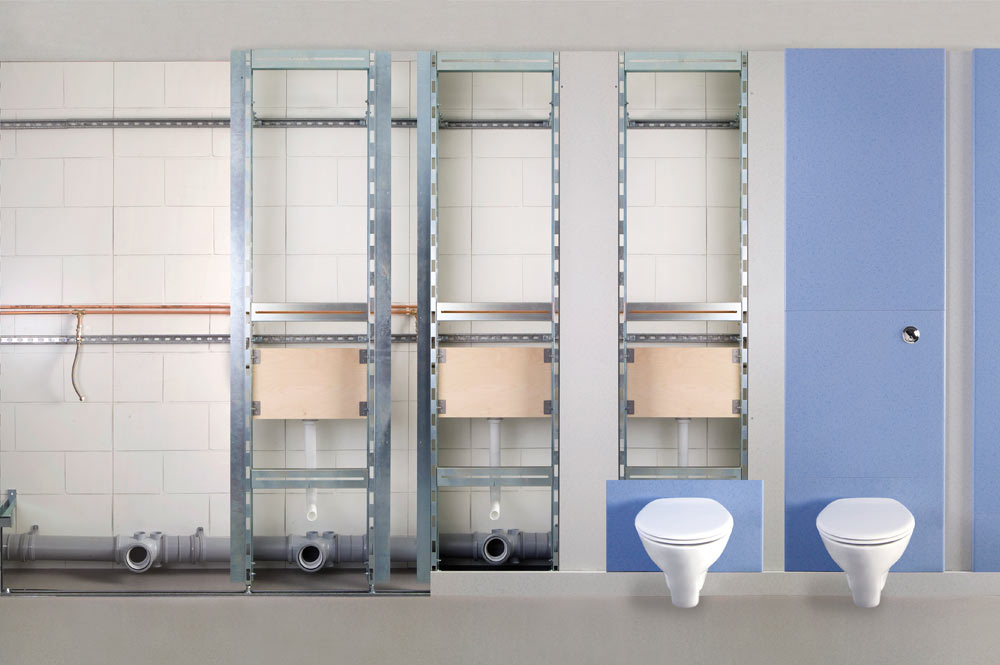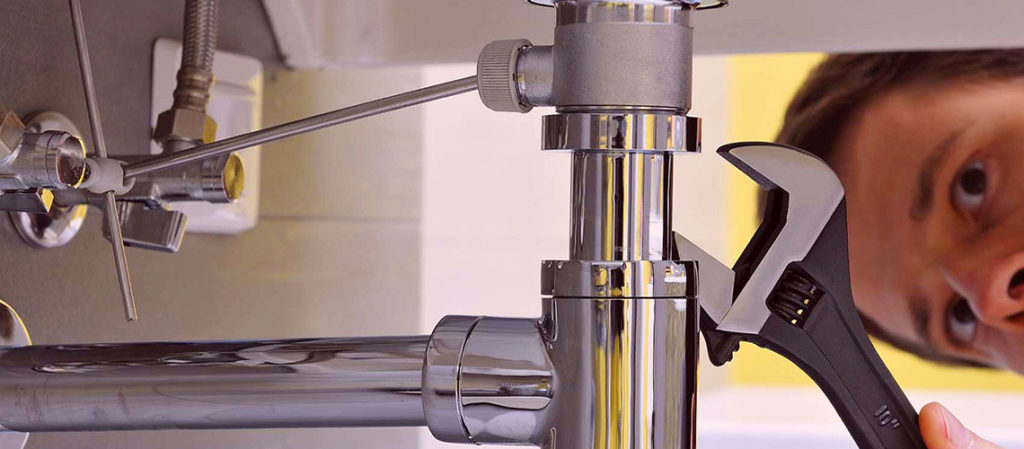There is specific jargon in plumbing that you often hear from a master, such as the abbreviation IPS, which is perplexing to the average person. So what are IPS in plumbing? In the 19th century, pipes were measured using a particular measurement system, abbreviated as IPS. This format was used until the end of World War II in Britain and the United States. During this measurement, pipes were not produced in one piece. They were cast in halves and then welded together.
By typing in Google, what do IPS stand for in plumbing? The system will answer that it is a straight thread used to seal the elements in the form of a washer and gaskets. It is a threaded pipe to which a faucet or hose can be attached.
Contents
What does IPS fitting mean?
Our specialists usually use IPS in plumbing to fix the toilet bowl, shower stall, bathtub, faucets, and other items used in the home. Pipes are also actively used for watering plants, for example, in vineyards, where drip irrigation is installed on each bush. A water pipe is connected to the IPS pipe, and a distribution is made to each row of bushes.
Contact us if you have an emergency, and your industrial production facility stops because of water supply problems. Our man will quickly remedy the situation by checking the piping and installing new fittings. Also, a mechanic using new pipe models will design the communication for the new construction.
Are NPT and IPS the same thread size?
NPT and IPS are standards that experts often use when laying pipes. IPS pipe is defined by the inside diameter of the element, and NPT pipe is determined by the outside diameter. To learn more about what IPS mean in plumbing, you can ask our managers and order a master at home. When installing plumbing, a specialist will choose the right size elements and make the correct wiring, connecting and testing each appliance for proper operation.
IPS vs. NPT
When discussing thread types for pipes and fittings, IPS (Iron Pipe Size) and NPT (National Pipe Thread) are two terms that often come up. Here’s a breakdown of both:
IPS (Iron Pipe Size)
IPS, or Iron Pipe Size, refers to the standardized dimension of pipes primarily used for water and gas transportation. It is based on the inner diameter of the pipe. Over the years, as wall thicknesses have decreased due to improved materials, the outer diameter has remained constant. This means that for IPS:
- Size: IPS sizes were originally used to describe the inner diameter and are generally a bit larger than the actual inner diameter today.
- Application: It’s used mostly for non-threaded pipes and is common in larger diameters.
- Compatibility: Generally compatible with fittings that match the outer diameter and use clamps or welds for connection.
NPT (National Pipe Thread)
NPT stands for National Pipe Thread Tapered and is the U.S. standard for tapered threads used on threaded pipes and fittings. Unlike IPS, NPT connections are designed to create a tight seal through the thread engagement.
- Thread Shape: The threads are tapered, which helps in forming a seal as the threads are tightened. Tape or thread-sealing compound is often applied to prevent leaks.
- Measurement: The size of an NPT connection is based on the inner diameter of the pipe.
- Common Uses: Widely used in plumbing, these threads are suitable for conveying water, gases, steam, and many hazardous fluids.
Key Differences
- Thread Type: IPS is generally not threaded (though it refers to nominal sizes for both threaded and non-threaded pipes), whereas NPT specifically refers to tapered threads.
- Sealing Method: IPS often requires external sealing methods like clamps or welding, whereas NPT relies on the threads themselves for sealing.
- Applications: NPT is extensively used for smaller pipes inside machinery and in plumbing, which require secure and leak-proof connections. IPS is more common in larger pathways for fluids where high flow rates are necessary and less pressure tightness is required.
Understanding these differences is crucial when selecting the appropriate piping and fittings for specific applications, ensuring compatibility, and preventing leaks and mechanical failures.
What kind of pipe is IPS?
IPS meaning in plumbing is the size of a standard pipe, corresponding to Schedule 40 or Schedule 80. It is more than irrigation plastic pipe used in agriculture. Threads may be inside or outside the pipe. Depending on the location of the cables, fittings are selected to connect the elements.
All IPS pipes are well integrated into the system and are made of steel, plastic, plastic, and other materials. The cost of the element depends on the manufacturer and the material. If you have a problem and you need pipes, please contact us. We use only well-known brands’ pipes, ensuring the system’s longevity. Our company’s door is open to all types of customers.
Is an IPS thread tapered?
Knowing what is an IPS connection in plumbing, you should understand that tapered pipe threads are designated TIPT, national lines are designated NPT, standard cables are designated IPS, and pipe threads are designated IPT. This will help you choose the right element for the installation of water and wastewater systems.
You should contact our company if you need to repair or install piping and plumbing fast. We know what is the IPS connection in plumbing and how to properly design the system. Save your time and nerves. Use our services!
FAQ about IPS fitting
IPS stands for “Iron Pipe Size”. It is a standardized system of measurements used in plumbing to refer to the diameter of pipes and fittings made of iron or steel.
IPS is different from other pipe sizing systems like copper tubing or PVC pipes because it is based on the inner diameter of the pipe rather than the outer diameter. This means that the thickness of the pipe wall is taken into account when determining the size.
IPS fittings and pipes are commonly used in commercial and industrial plumbing applications. They are often used in high-pressure water or steam systems, and for transporting gas, oil, or chemicals.
IPS and NPT are both types of pipe threads used in plumbing, but IPS is used for straight threads and NPT is used for tapered threads.
The correct IPS size for your plumbing project will depend on the type of pipe or fitting you need, as well as the flow rate and pressure requirements. You can consult a plumbing professional or refer to a sizing chart to determine the appropriate size.
IPS is primarily used in plumbing, but it may also be used in other industries such as irrigation or HVAC.
IPS pipes and fittings are generally not compatible with other types of pipes and fittings. It is important to ensure that you are using the correct type of pipe and fitting for your plumbing system to prevent leaks or damage.







